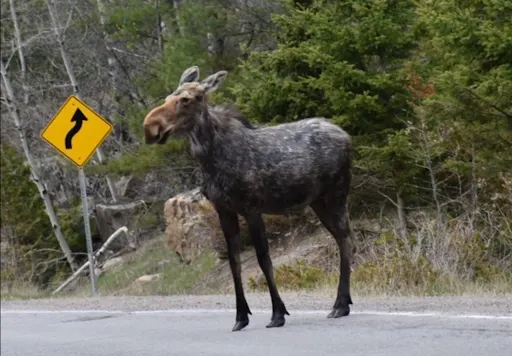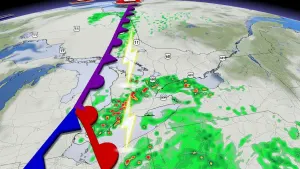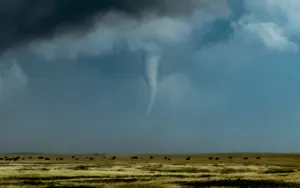
Watch for roaming animals in the age of COVID-19
How will the 'new normal' affect wildlife after having more space to roam during the pandemic?
With roads less busy during the COVID-19 pandemic, wild animals have had more space to roam.
Karen Beazley, a professor of resource and environmental studies at Dalhousie University whose research focuses on biodiversity conservation, says because the roads are quieter, animals are moving across them more freely and even nesting on the roadside verges.
According to Beazley, it's been great news for some species like toads and salamanders experiencing only half the amount of the roadkill as in previous seasons. Animals like porcupines, beavers, and deer have also changed their behavioural patterns.
"So they don't move about as much during the day as they normally would because we're so busy on the road," she tells me. "When the roads have been less busy, they've been able to, very quickly, adapt back to their preferred ways in our absence so now that we're coming back onto the roads it's likely that we might be encountering more of them on the road. It'll take them a while to revert back to avoiding us."
More than half of the land in Nova Scotia is within one kilometre of a road. Because moose are endangered in the province, the chances of hitting one are scarce, but if you do, it is a dramatic loss to the moose population.
"Roadkill is a really big issue everywhere,” she explains. “It's becoming one of the largest causes of death of wildlife. It's related to the loss of habitat. So whenever a road incurs in a habitat it fragments their habitat into small patches."
As you head back out onto the roads, her advice is to be mindful, keep your eyes open and always be watching for wildlife.
Be sure to watch the video that leads this article for more information on what to do if you encounter an animal on the road.










